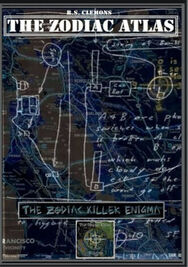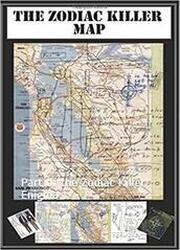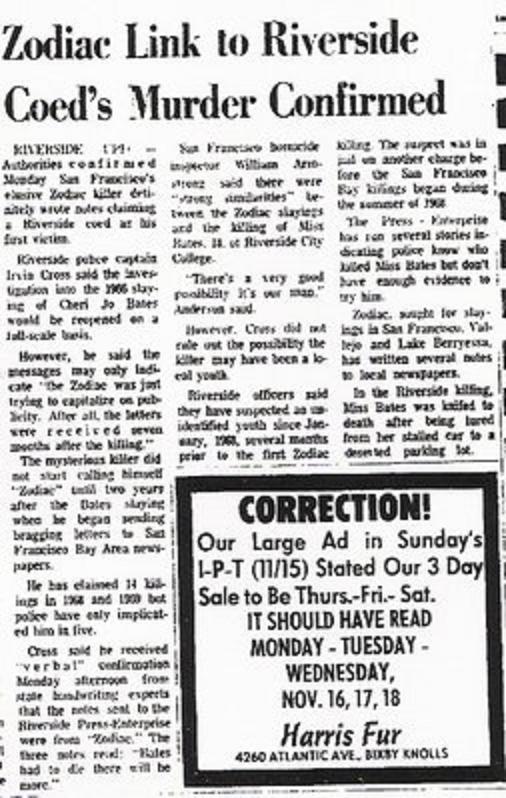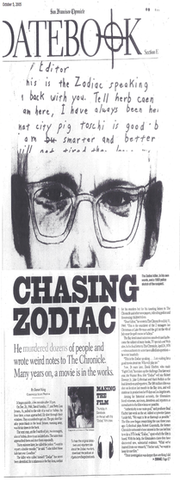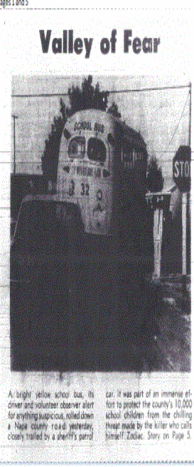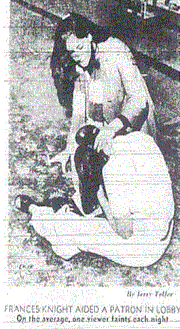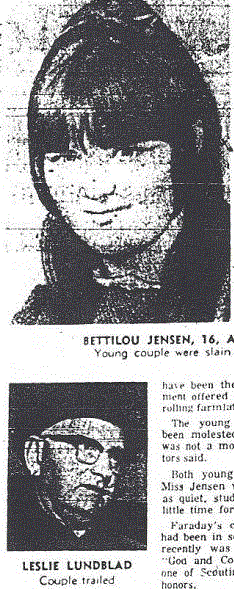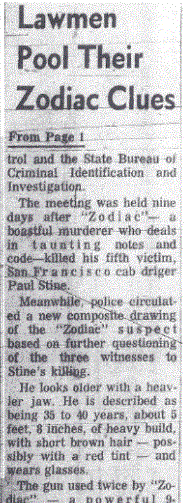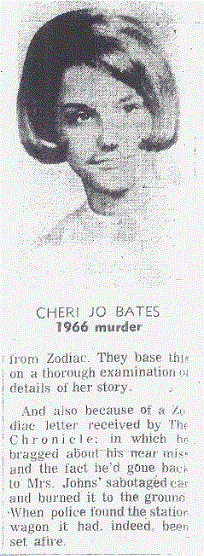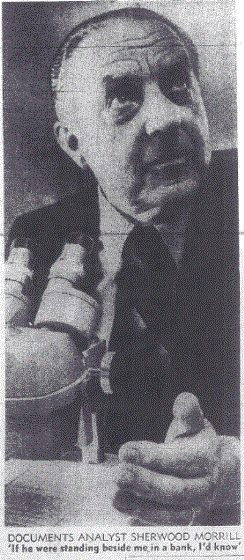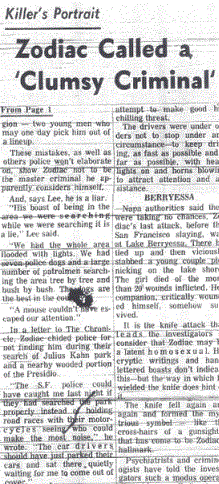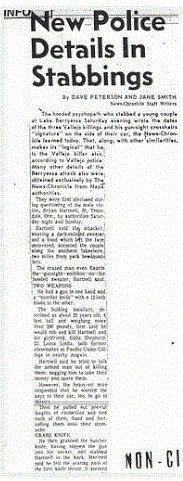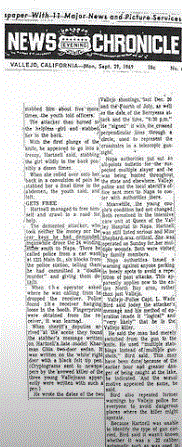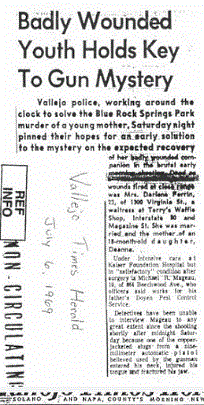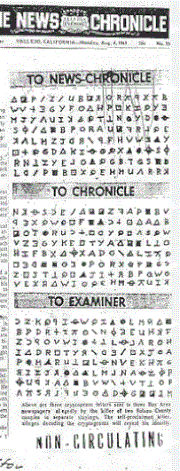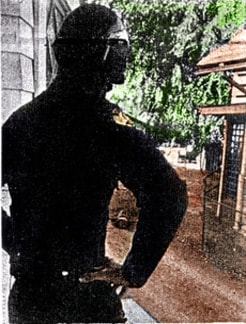
Michael Cole, who runs the 'Zodiac Revisited' website, details the mitochondrial DNA findings of 1999, obtained by Michael Morford and pertaining to the case of Cheri Jo Bates. But the hope is now, that a full DNA profile can be obtained and cross checked using genealogy websites and familial DNA linkage. Separating any blood from the killer on Cheri Jo Bates clothing by locating Y-markers has always presented a challenge to forensic investigators in a mixed sample, however, there is a possibility that we may, or could have had the blood of the killer at Riverside from somewhere other than the clothing of Cheri Jo Bates. "The Y chromosome is currently by far the most popular marker in genetic genealogy that combines genetic data and family history. This popularity is based on its haploid character and its close association with the patrilineage and paternal inherited surname." PubMed.
Riverside Police were meticulous in their evidence gathering, performing a library reconstruction of events the night of the murder and taking fingerprints and hair samples from attendees of the library on Sunday October 30th 1966. They retrieved a hair sample from a blood clot at the base of Cheri Jo Bates' right thumb, recovered a cigarette butt from the alleyway floor and took fingernail scrapings from the victim. They also clearly considered the possibility that the killer of Cheri Jo Bates may have cut himself during the attack with a less than sturdy knife, described by Captain Cross as a pocket knife with a "3-inch blade or less". Even the author of the 'Confession' letter on November 29th 1966 (whether the killer or not) claimed that the knife broke towards the end of the attack. Was this the pivotal moment that ended the callous attack on the defenseless young woman?
The 'Inside Detective' magazine revealed one crucial piece of evidence from the Riverside alleyway crime scene. It stated "The driveway adjacent to 3680 Terracina Street was so churned up it looked like a tractor had been over the ground. The girl, who was very athletic, put up a terrific struggle. At the murder scene, drops of blood leading from the body to Terracina Street indicated to the detectives, that the murderer had walked back to the street following the slaying". Using an old overhead view of the campus in 1966 (not shown here) and the fact she was positioned between the two vacant properties of 3680 and 3692 Terracina Drive, it is possible to calculate how far Cheri Jo Bates' body lay up the alleyway from Terracina Drive. Below I have placed all the relevant distances.
Cheri Jo Bates' blood type detailed at autopsy is rare in the USA population. It was AB RhD positive, which accounts for only 3.4% of the American population. Even with the limited forensic capabilities in 1966, this testing was a simple affair, and could have determined whether the blood trail extending toward Terracina Drive was that of the killer's or from the victim.
The pattern or tail of the blood drops could certainly have determined the direction of the killer within the alleyway. Since detectives concluded that the "drops of blood leading from the body to Terracina Street indicated to the detectives, that the murderer had walked back to the street following the slaying", then it remains a possibility that the killer injured himself during the attack, allowing the trail of blood to extend the full 100 feet in distance, as opposed to the limited blood secretion possible from a small pocket knife or clothing. If the murderer of Cheri Jo Bates cut himself when he delivered the stab wound to the young woman's back during the latter part of the attack, there may be limited blood transfer to her clothing, however, there may be have been far more present in the vicinity of the crime scene, during his 100 foot journey to exit the alleyway. By odds alone, it is unlikely the killer had an AB RhD positive blood type, making it easy to determine the origin of the blood on the alleyway floor, and whether it was from Cheri Jo Bates or even the Zodiac Killer himself.
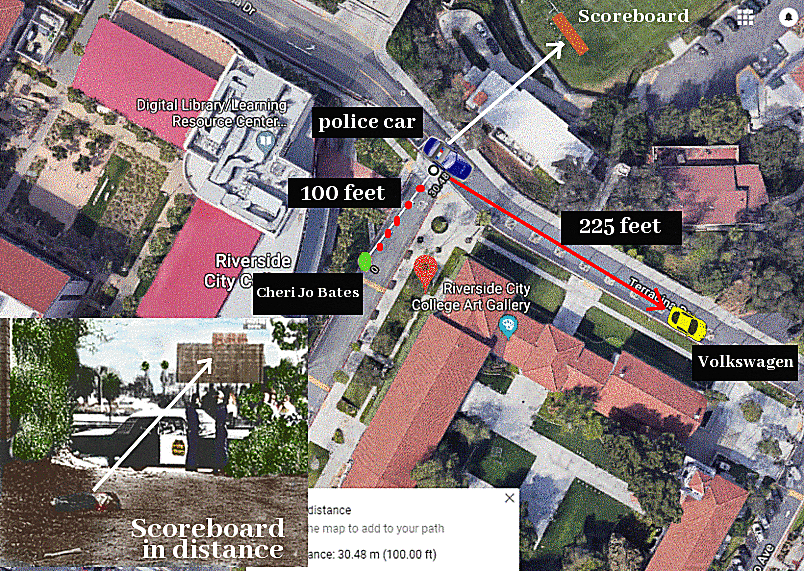




 RSS Feed
RSS Feed



